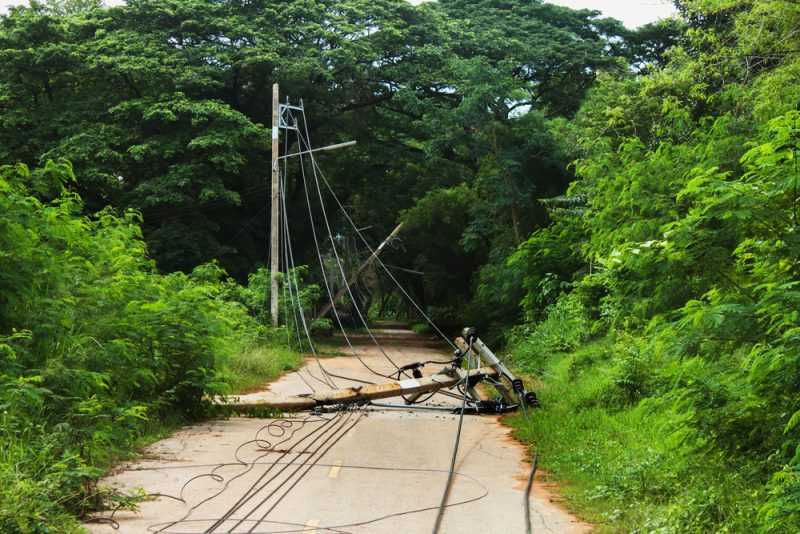FEMA works to restore power in Puerto Rico after hurricane, major challenges remain

More than one week after Hurricane Maria ravaged Puerto Rico, the island is still without power as the Federal Emergency Management Agency (FEMA) works to restore power, and stabilize critical infrastructure.
So far, 24 people in Puerto Rico have died due to the category 4 hurricane, which hit Sept. 21, but that number is expected to increase.
But some progress has been made. More than half of dialysis centers in Puerto Rico and the U.S. Virgin Islands are now open and accessible for patients. More critical care facilities will re-open in the coming days, as power and access are restored. The U.S. Virgin Islands Water and Power Authority drinking water system is back online, and other drinking water systems on the islands are top priority for receiving generators.
However, FEMA said major challenges remain. Because of the geographic challenges and the severity of damage, restoring electricity to critical facilities and to customers on Puerto Rico will be different from, and more difficult than, any other restoration. Long-term power restoration will involve rebuilding generation, transmission, and distribution capability.
A power task force, comprised of representatives from the Department of Energy (DOE), the U.S. Army Corps of Engineers (USACE), the private sector power industry, and the government of Puerto Rico, is working to develop a plan to assess damage, build power resources, and restore power to the grid.
The DOE is also working closely with the Puerto Rico Electric Power Authority, the American Public Power Association, the Electricity Subsector Coordinating Council, the Department of Defense, and FEMA to facilitate mutual aid for Puerto Rico. DOE emergency responders have deployed to Puerto Rico and are assisting in response and restoration efforts. The focus of those efforts is restoring power to critical infrastructure including hospitals, airports and seaports, water treatment facilities, and communications. DOE emergency responders, along with a team from DOE’s Western Area Power Administration, also deployed to the U.S. Virgin Islands, and are working with the U.S. Virgin Islands Water and Power Authority on damage assessments and power restoration efforts.
The USACE also has temporary power response teams on the ground in Puerto Rico. These teams are assessing power needs and installing generators at critical facilities. USACE coordinated transportation of more than 300 FEMA and Defense Logistics Agency (DLA) generators from across the U.S. to meet anticipated requirements in the islands.
The U.S. Virgin Islands Water and Power Authority Waste Management, and USACE are addressing potential public health risks of garbage build up and coordinating route clearance of wires and poles to enable garbage haulers to access the St. Thomas landfill.
The federal support for fuel transportation includes air and sea logistical support by the Defense Logistics Agency, U.S. Northern Command, the U.S. Navy, and U.S. Coast Guard, in coordination with the private sector. As seaports and airports are being opened, and critical roadways and bridge accesses are evaluated and cleared, emergency power workers and supplies continue to work to address the needs of customers.
